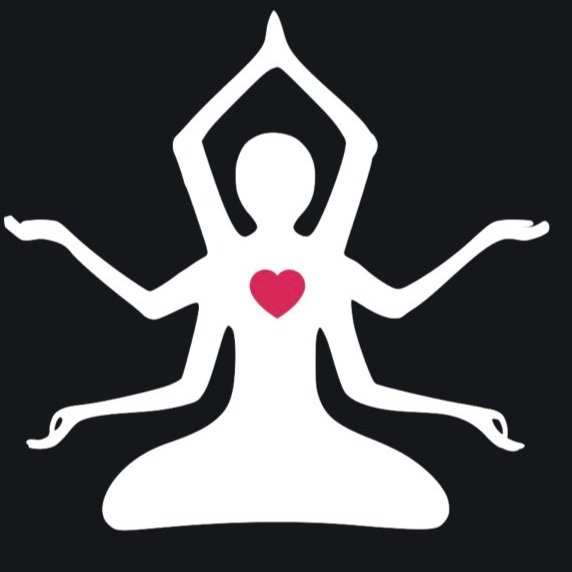Observations from Sensible Yoga Teacher Training 15/07/2019 by Ross Dixon
Really big weekend this one; tying together the philosophy, practice, teaching and state of Yoga and our experiences of the interplay between these things. Debbie's meta conclusion for the day which was about the value of what we do as providers of a structured opportunity for encountering the true situation within individuals systems & from there the development of real world resilience and adaptability (paraphrased).
The big personal take away for myself was the refinement of shoulder understanding, from an aha moment during my teaching slot on Saturday (13/7/19). I had found myself in one of those convenient paradigms where I felt like 'I get this now', in my practice & teaching. It was very valuable to share my way of handling navasana & utthita hasta padangusthasana in that supportive learning environment so I could calmly see this. Simplified; my aha moment was that I was sort of settling in a place where it was as simple as; active yoga postures = everything expands towards a sustainable position (I still really like this for many postures and find it accessible for a lot of public class content)- Whereas passive, everything naturally settles under gravity. The aha moment came when comparing the shoulder's articulation in cat (retracted when passive/protracted when active) to closed chain half navasana (the opposite shoulder articulations become apparent). I realised that further joint guidance was needed from me, especially if the priority is on a lengthening spine. I can't then just say 'everything expand in to active', the reason being people will probably expand in their habitual way and if maybe we did cat as part of the prep they might find that really confusing. I think there's a really good teaching point in here which I'll practice with and see if I can bring that through to my classes. Elaine (one of the trainees spotted that there's a potentially interesting move available there from shoulder retract to protract in half Navasana).
The first of the 3 meta points from Sunday's teaching observations was the issue of detail (how much and when?). It was a really good reminder for myself to remember that the 'tuning in' phase of the class- as well as other things- is there to help offset information overload in students later in the class. It is also a place to look at any specifics (ie what are the main articulations or micro skills that will make up the macro skill of the main posture(s) we are building towards). So while details are needed; (things we have found useful as students and then refined as practitioners) we may choose to hold back on that detail if our class has been tuned in well, and initial goes at trickier moves are looking good upon an honest check. Detail is there then to draw explanations from when we see things are not being done safely or we think there is another way our class could try something. So while the detail/understanding is being developed & refined in practice, it's to be shared only when appropriate in a teaching situation. I think I had been working on a 'The more tricky the posture = The more detailed a breakdown/demo is needed immediately before it' paradigm. While this has been a nice careful way of handling it, I'm going to think about seeing if I can use better thought out prep and tuning in to do some of that detail work for me, and allow my students to have more of their own 'aha moments' as it all comes together).
The second meta point was about teachers being unsure about the ability to demo postures well, the specific example was downward dog. Here it's good to remember that if we are studying with teachers who have a decades-long inquiry & refinement, then we are stepping into a highly detailed understanding, so speaking for myself, each time I work with them there can be a feeling of 'wow, I don't get down dog at all' for example. We have to remember that while we may not be as practice refined and articulate as our most experienced teachers, our working understanding is going to offer the public a lot of value; they will find value in our demonstrations of the practice, and in our relatively refined observations of them in practice.
The final meta point was about using our own practice to verify content we are thinking about sharing. This may be thinking about what practice ideas might be solely of benefit to me, which may be cover a wider group and therefore have 'public class value'. Also, practice as our chance to be our own authority in testing out some of the 'Yoga myths'- claims that certain practices have certain benefits. Finally developing the confidence to test & verify ideas and go 'at this point that doesn't have any value for me, because.... '.
I'll be looking at all four of these points myself to see which aspects of my content and delivery offer the most value and experience to my students, but also remembering that I'm human and I may fall back on teacher auto pilot, say the wrong thing, have my mind go completely blank at an important moment and try not to take those too seriously.
I've been offered my first workshop slot for February 2020 (Thanks Debbie Farrar :-) ). I'm still brainstorming it but the themes are feeling like they'll be around teaching principled Yoga using accessible language, and also looking at the movement phases required to get to and from postures well. This was really helpful in that. Also look out for what Debbie is up to, we are both pretty active on Facebook/Instagram and our courses can be found at feelnowyoga.com.
